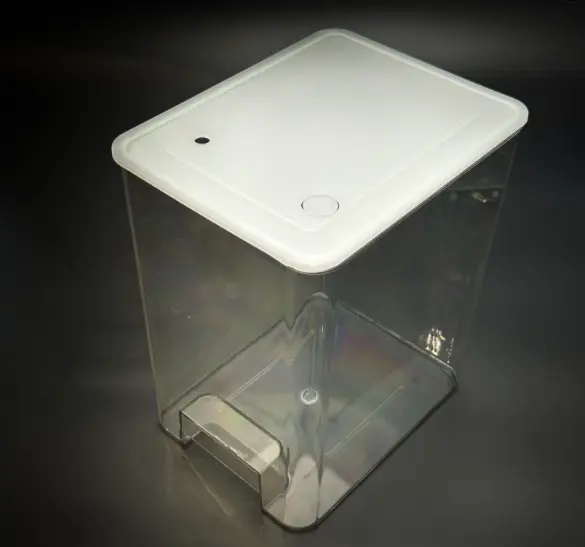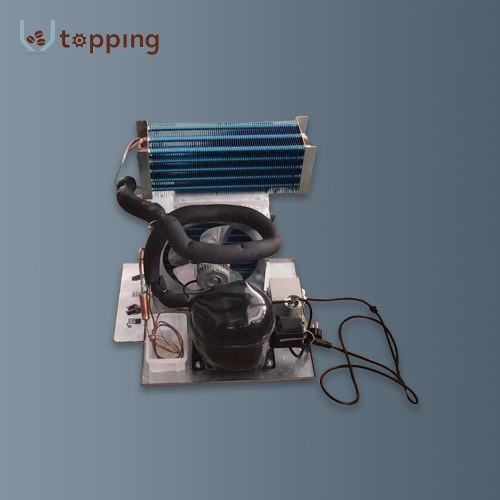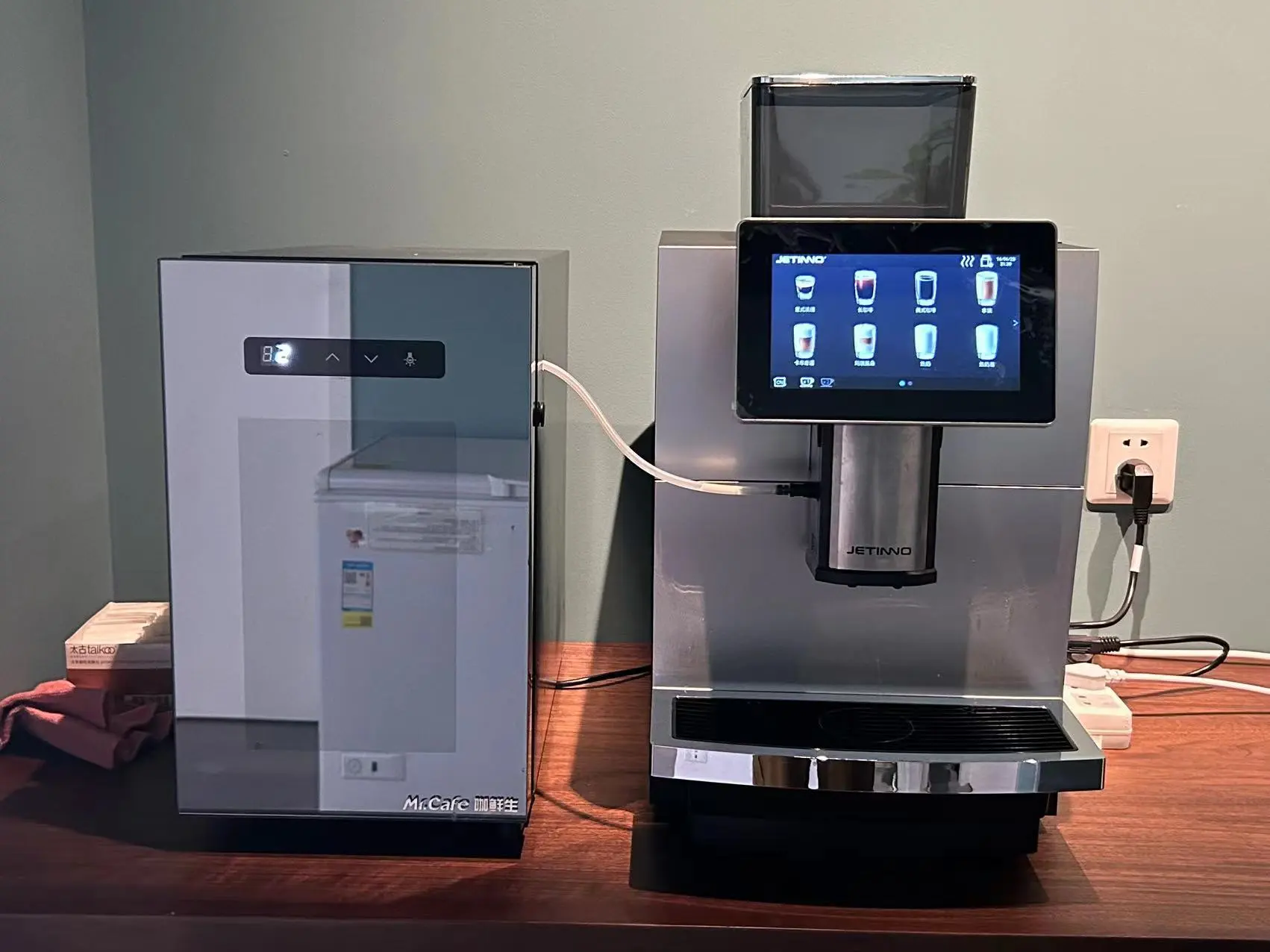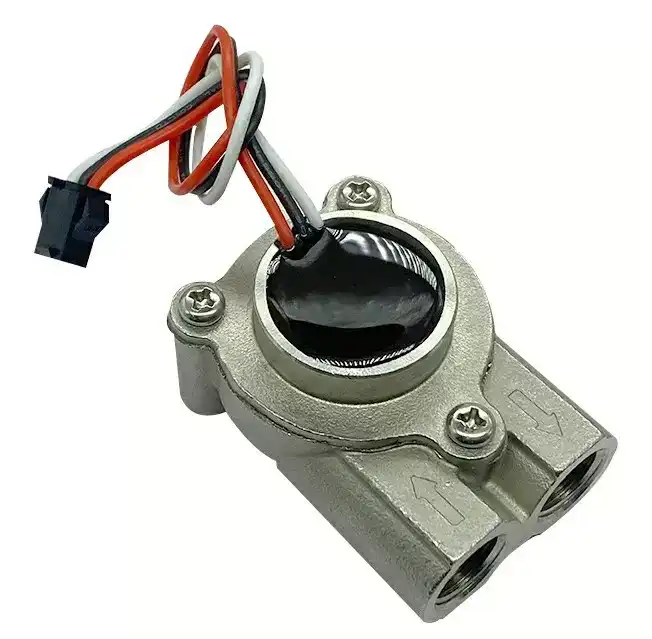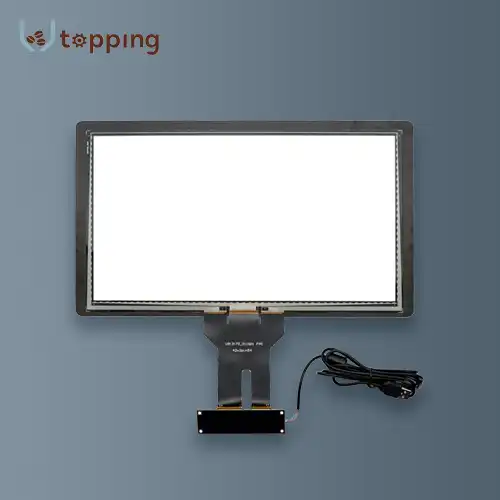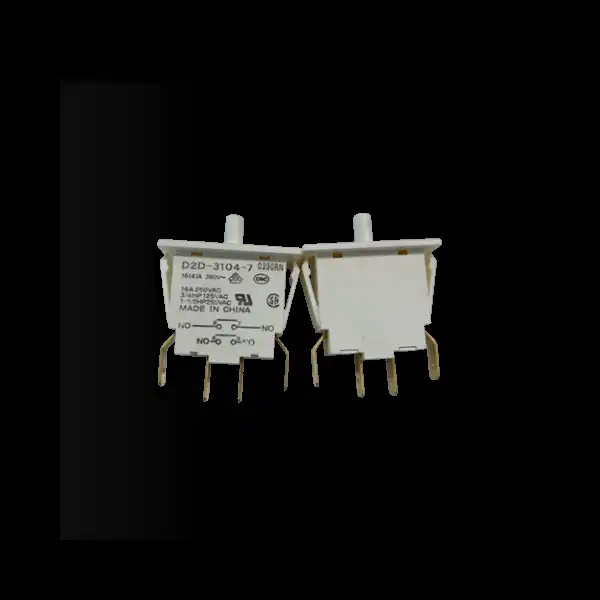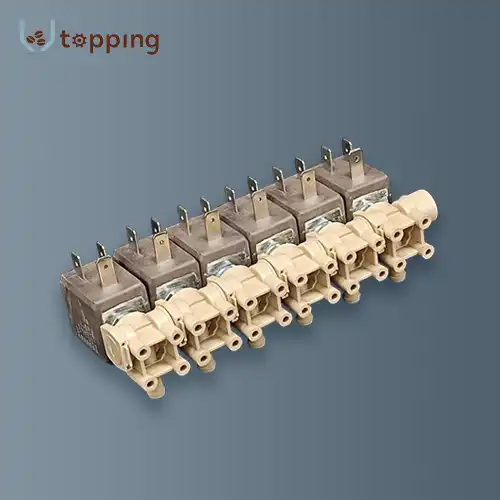What Factors Influence the Selection of Mixing Systems for Vending Machines?
2024-06-18 15:30:45
Introduction
Selecting the right Coffee Vending Machine Mixing Systems is crucial for ensuring high-quality, consistent coffee and efficient machine operation. The choice of a mixing system can significantly affect the flavor, texture, and overall customer satisfaction with the coffee. This blog explores the various factors that influence the selection of mixing systems for vending machines, addressing some of the most commonly asked questions on this topic.
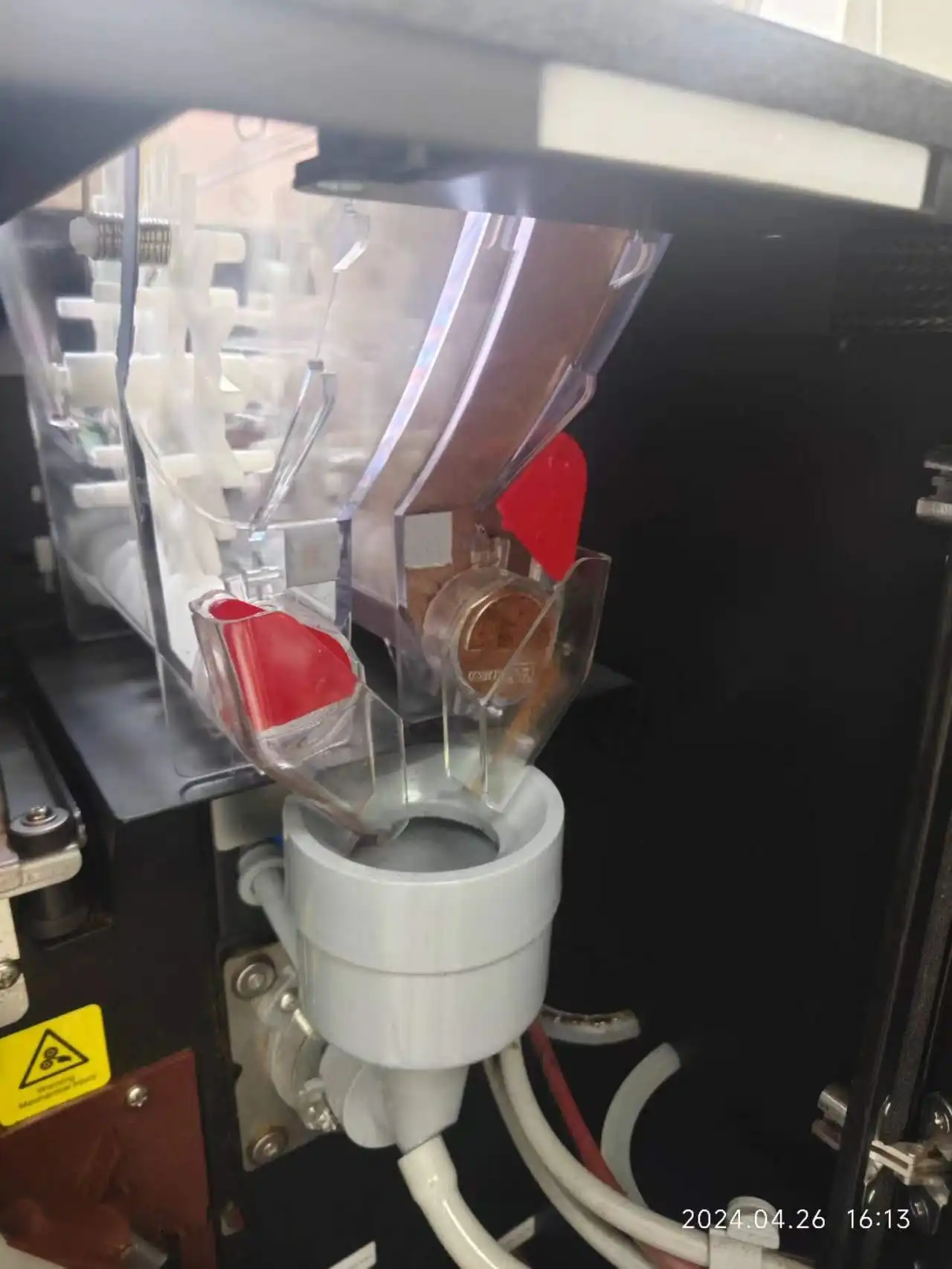
How Do Different Mixing Mechanisms Affect Coffee Quality?
The quality of coffee produced by vending machines is directly influenced by the mixing mechanism used. Different mixing mechanisms can have a significant impact on the flavor, consistency, and overall experience of the coffee. Here’s a look at how various mixing mechanisms affect coffee quality:
1. Agitator Systems: Agitator systems use rotating blades or paddles to mix the ingredients. These systems are effective in ensuring thorough mixing, which helps in achieving a consistent flavor throughout the cup. The agitation ensures that all the coffee grounds are adequately saturated with water, leading to optimal flavor extraction. However, if not properly calibrated, agitators can sometimes lead to over-mixing, which may result in a slightly bitter taste.
2. Ultrasonic Mixers: Ultrasonic mixing uses high-frequency sound waves to agitate and mix the ingredients. This method ensures a fine and uniform blend, enhancing the smoothness of the coffee. Ultrasonic mixers are particularly effective in dissolving powdered ingredients, such as milk powder and sugar, ensuring that there are no lumps. The gentle yet thorough mixing action preserves the delicate flavors of the coffee, making it a popular choice for premium coffee vending machines.
3. Magnetic Stirring: Magnetic stirring involves the use of magnetic fields to rotate a stirring element inside the mixing chamber. This method provides a consistent and controlled mixing process, ensuring that all ingredients are evenly distributed. Magnetic stirrers are known for their reliability and ease of maintenance. They are particularly effective in preventing ingredient separation, ensuring that the final cup of coffee has a balanced flavor profile.
4. Air Injection Systems: Some vending machines use air injection systems to mix the ingredients. This involves injecting air into the mixing chamber to create turbulence, which helps in blending the ingredients. Air injection systems can produce a frothy texture, similar to that of a barista-made cappuccino. However, the effectiveness of this method depends on the precise control of air flow, and improper settings can lead to uneven mixing.
5. Rotary Blade Systems: Rotary blade systems use high-speed blades to blend the ingredients. This method is highly efficient and can quickly produce a well-mixed cup of coffee. The high-speed action ensures that all ingredients are thoroughly blended, resulting in a smooth and consistent beverage. However, the high-speed blades can sometimes generate heat, which may affect the flavor of the coffee if not properly managed.
Each of these mixing mechanisms has its own advantages and limitations. The choice of mechanism depends on the specific requirements of the vending machine, such as the type of coffee being dispensed, the desired consistency, and the overall machine design. By understanding how different mixing mechanisms affect coffee quality, operators can make informed decisions to ensure the best possible coffee experience for their customers.
What Role Does Ingredient Compatibility Play in Choosing a Mixing System?
Ingredient compatibility is a critical factor in selecting the appropriate mixing system for coffee vending machines. The ingredients used in vending machines, such as coffee grounds, milk powder, sugar, and flavorings, have different physical and chemical properties that influence how they interact with each other and the mixing system. Here’s how ingredient compatibility affects the choice of a mixing system:
1. Solubility and Dissolution: Different ingredients have varying levels of solubility. For instance, milk powder and sugar need to dissolve completely to ensure a smooth texture. Ultrasonic mixers and agitator systems are particularly effective in dissolving such powdered ingredients. Machines that use liquid milk or syrups may benefit from simpler mixing mechanisms, as these ingredients are already in a soluble form.
2. Ingredient Formulation: The formulation of ingredients, whether they are in powder, liquid, or granulated form, affects the mixing process. Powdered ingredients require more thorough mixing to avoid clumping and ensure even distribution. Rotary blade systems and ultrasonic mixers are well-suited for handling powdered formulations. Liquid ingredients, on the other hand, may require gentle mixing to prevent foaming or separation, making magnetic stirrers or air injection systems more suitable.
3. Temperature Sensitivity: Some ingredients are sensitive to temperature changes. For example, coffee grounds require water at a specific temperature range to extract the desired flavors. High-speed mixing systems like rotary blades can generate heat, which might negatively affect temperature-sensitive ingredients. Therefore, Coffee Vending Machine Mixing Systems with controlled heating elements or those that generate minimal heat, such as magnetic stirrers, are preferred for temperature-sensitive ingredients.
4. Viscosity and Density: The viscosity and density of ingredients influence the mixing efficiency. Ingredients with higher viscosity, such as syrups, require more powerful mixing mechanisms to achieve uniform blending. Air injection systems and ultrasonic mixers can effectively handle high-viscosity ingredients by creating turbulence or using sound waves to mix thoroughly. Less viscous ingredients may be efficiently mixed with simpler systems like agitators or magnetic stirrers.
5. Flavor Preservation: Preserving the natural flavors of coffee and other ingredients is essential for a high-quality beverage. Some mixing mechanisms, such as ultrasonic and magnetic mixers, provide gentle mixing that helps preserve delicate flavors. In contrast, more aggressive mixing methods, such as high-speed rotary blades, may lead to flavor degradation if not carefully controlled.
6. Compatibility with Additives: Vending machines often offer customized coffee options with various additives like flavored syrups or creamers. The mixing system must be compatible with these additives to ensure they are evenly distributed throughout the beverage. Ultrasonic mixers and air injection systems can effectively incorporate additives without affecting the overall consistency.
By considering ingredient compatibility, operators can select mixing systems that optimize the blending process, enhance flavor preservation, and ensure a consistent and high-quality coffee experience. This attention to detail ensures that the machine can handle a variety of ingredients efficiently and deliver a superior cup of coffee.
How Do Cost and Maintenance Considerations Influence the Selection of Mixing Systems?
Cost and maintenance are significant factors that influence the selection of mixing systems for coffee vending machines. These considerations affect the long-term operational efficiency and overall cost-effectiveness of the machine. Here’s how cost and maintenance considerations impact the choice of mixing systems:
1. Initial Cost of the Mixing System: The initial investment in the Coffee Vending Machine Mixing Systems is a critical factor. Advanced mixing mechanisms such as ultrasonic or magnetic mixers tend to have higher upfront costs due to their sophisticated technology. Conversely, simpler systems like agitators or rotary blades may be more cost-effective initially. Operators must balance the initial cost with the expected performance and benefits of the mixing system.
2. Operational Efficiency and Cost: The efficiency of the mixing system affects the overall operational cost of the vending machine. Efficient mixing systems that use less energy and produce consistent results can reduce operational expenses. For instance, energy-efficient heating elements and mixing mechanisms that minimize waste can lead to significant cost savings over time. Operators should consider the long-term operational efficiency when selecting a mixing system.
3. Maintenance Requirements and Costs: Regular maintenance is essential to ensure the longevity and performance of the mixing system. Some systems, such as ultrasonic and magnetic mixers, may require specialized maintenance due to their advanced technology. These systems might need periodic calibration and cleaning to function optimally. On the other hand, simpler systems like agitators or rotary blades might be easier and cheaper to maintain. Operators must evaluate the maintenance requirements and associated costs to make an informed decision.
4. Durability and Reliability: The durability and reliability of the mixing system are crucial for minimizing downtime and maintenance costs. Systems that are built with high-quality materials and robust designs tend to be more reliable and require fewer repairs. For example, magnetic stirrers are known for their durability and minimal wear and tear. Investing in a durable and reliable mixing system can lead to lower maintenance costs and improved machine uptime.
5. Ease of Cleaning and Sanitation: Cleaning and sanitation are vital for maintaining the quality and safety of the coffee produced. Coffee Vending Machine Mixing Systems that are easy to disassemble and clean can significantly reduce maintenance time and costs. Automated cleaning systems that come with some advanced mixing mechanisms can simplify the cleaning process, ensuring that the machine remains hygienic with minimal manual intervention. Operators should consider the ease of cleaning and sanitation when selecting a mixing system.
6. Spare Parts Availability: The availability of spare parts and technical support is another important consideration. Systems that have readily available spare parts and widespread technical support are easier and cheaper to maintain. Operators should ensure that the chosen mixing system comes with reliable support and easy access to replacement parts to avoid prolonged downtime and costly repairs.
7. Total Cost of Ownership: The total cost of ownership includes the initial investment, operational costs, maintenance expenses, and potential downtime costs. Operators must consider the total cost of ownership to determine the most cost-effective mixing system. While advanced systems might have higher upfront costs, their efficiency, reliability, and lower maintenance requirements can result in a lower total cost of ownership over the machine's lifespan.
By carefully considering cost and maintenance factors, operators can select mixing systems that provide a balance between performance, reliability, and cost-effectiveness. This approach ensures that the coffee vending machine operates efficiently and delivers high-quality coffee consistently, providing value for both the operator and the customer.
Conclusion
Selecting the right Coffee Vending Machine Mixing Systems involves a careful evaluation of various factors, including the mixing mechanism's impact on coffee quality, ingredient compatibility, and cost and maintenance considerations. By understanding these factors, operators can make informed decisions that enhance the efficiency, reliability, and overall performance of their coffee vending machines. The choice of a mixing system plays a pivotal role in ensuring that the machine delivers a consistent, high-quality coffee experience, meeting the expectations of users and providing long-term value.
References
1. "How Coffee Vending Machines Work." HowStuffWorks. https://home.howstuffworks.com/coffee-vending-machine.htm
2. "The Science Behind Coffee Vending Machines." Coffee Tasting Club. https://coffeetastingclub.com/blog/science-behind-coffee-vending-machines
3. "Modern Coffee Vending Machines: Features and Innovations." Coffee Industry Journal. https://coffeeindustryjournal.com/features-and-innovations
4. "Maintaining Quality in Coffee Vending Machines." Vending Times. https://vendingtimes.com/maintaining-quality-in-coffee-vending-machines
5. "Smart Coffee Vending Machines." IoT Tech News. https://iottechnews.com/smart-coffee-vending-machines
6. "Energy Efficiency in Coffee Vending Machines." Green Tech Media. https://greentechmedia.com/energy-efficiency-coffee-vending-machines
7. "Automatic Cleaning Systems in Vending Machines." Vending Market Watch. https://vendingmarketwatch.com/automatic-cleaning-systems
8. "Precision Engineering in Coffee Vending Machines." Engineering.com. https://engineering.com/precision-engineering-coffee-vending-machines
9. "The Role of Quality Ingredients in Vending Machines." Beverage Daily. https://beveragedaily.com/role-quality-ingredients-vending-machines
10. "Advances in Coffee Vending Machine Technology." Tech Trends. https://techtrends.com/advances-coffee-vending-machine-technology
Send Inquiry
Related Industry Knowledge
- Why do we use volumetric counter?
- How can we ensure the control board for the vending machine follows industry standards?
- What Are the Benefits of Dual Boiler Coffee Machines?
- How Often Should You Replace Coffee Vending Machine Spare Parts?
- What Types of Motors Are Used in Coffee Grinders?
- Touch screen for vending machine
- Vending Machine Spiral Motor Types
- How Long to Coffee Grinder Motors Last?
- How Do Mixing Systems Impact the Efficiency of Coffee Vending Machines?"
- What is a Vending Coffee Machine Water Tank?

.webp)
